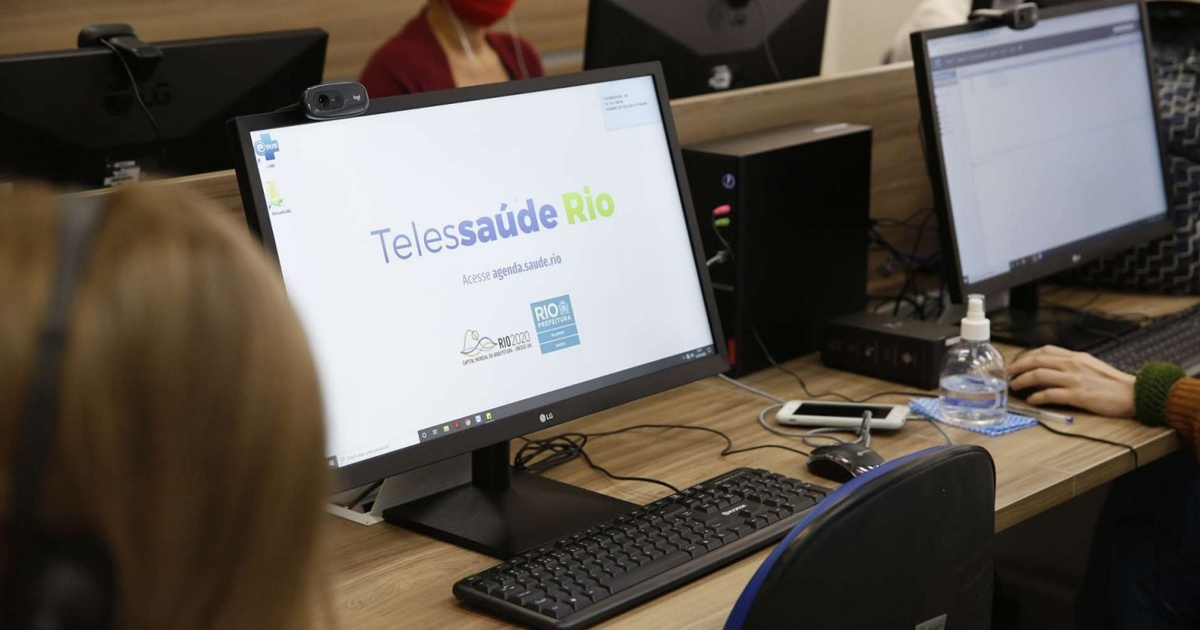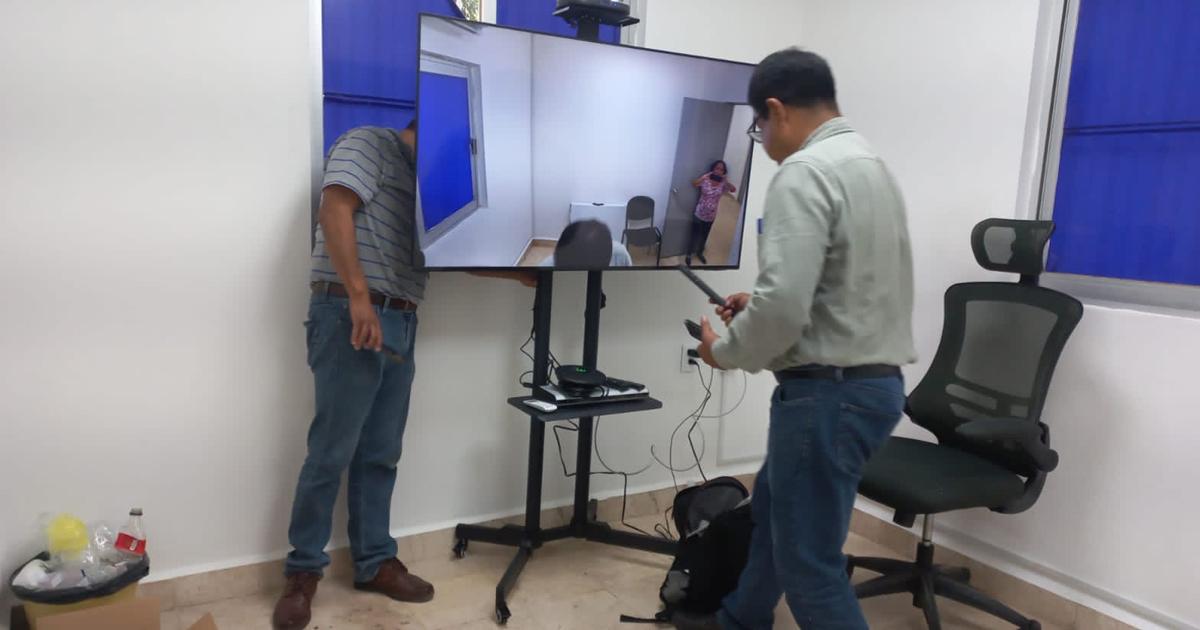El Banco Interamericano de desarrollo publicó un análisis sobre la adopción de la telemedicina durante la pandemia, tanto en usuarios como en prestadores de servicios de salud.
La pandemia ha potenciado el uso de la telemedicine en todo el mundo y Latinoamérica no ha sido la excepción. Sin embargo, existen desafíos importantes para que la telemedicine no sea solamente utilizada una herramienta de emergencia.
Previo a la pandemia, en 2019, en países como Chile el 65% de sus hospitales usaban la telemedicine, sin embargo, en hospitales de Argentina, México, Costa Rica o Colombia, la telemedicine se usaba en menos del 30%.
Otras de las barreras que ha limitado el alcance de la telesalud and telemedicine es la falta de regulación y la poca inversión en infraestructura de comunicaciones.

En 2020, la situación de emergencia sanitaria como explican expertos del BID, puso en manifiesto las virtudes de la telemedicine. Esto también hizo que países de Latinoamérica legislaran a favor del uso de esta modalidad de atención, como en Perú, o Argentina, o incluso en Brasil, aunque se trató de una resolución especial de emergencia.
En Argentina, por ejemplo, durante la pandemia el Congreso aprobó el uso de recetas electrónicas y creó TeleCovid, un servicio público de telemedicine para la atención de casos de COVID-19 a distancia.
Los especialistas del BID, explican que no solo incrementó el número de usuarios de telemedicine, también las características, como el promedio de edad. En argentina en la edad media de usuarios de telemedicine en 2019 era de 30 años, y para 2020 los usuarios mayores de 65 años aumentaron.
“La telemedicine, durante la pandemia, ha facilitado el diagnóstico de pacientes, ayudando a dirigirlos al proveedor de atención médica más adecuado, a aislar a aquellos que podrían estar infectados por el virus y a aumentar la capacidad del sistema sanitario. Si el aumento de la demanda de servicios de telemedicine persiste, como esperamos y deseamos que sea, esta podría surgir a largo plazo como una herramienta crucial para la gestión de la salud pública que aumenta la accesibilidad de la atención médica y reduce significativamente el tiempo y los costos de desplazamiento para obtenerla”, concluyen los autores.







